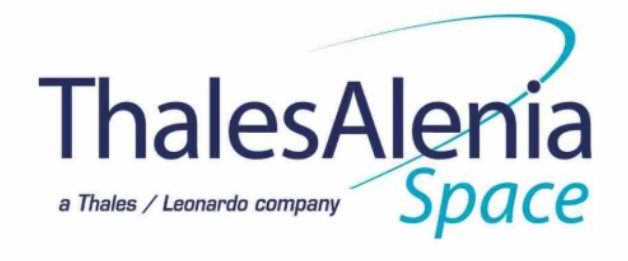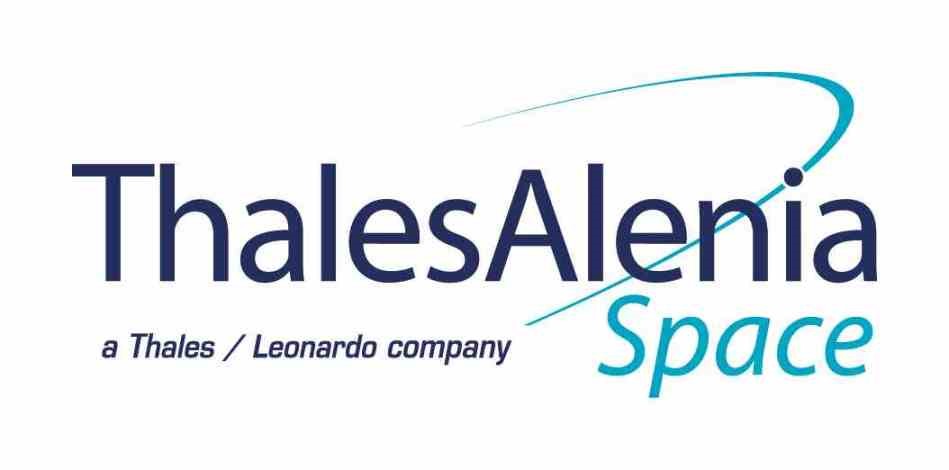-
StatusCompleted
-
Status date2022-08-24
-
Activity Code5G.002
The second era of Lunar exploration is starting now. It goal is to expand humanity into the Solar System, thereby developing new markets, and new economic opportunities.
These plans have to be adequately supported by a communication infrastructure, which is currently under study (e.g. Moonlight initiative).
The Interagency Operations Advisory Group (IAOG) has conducted an internal study to define a possible overall Lunar Communications Architecture, and to identify the different communication links between the different nodes and the related frequency assignations. In this view, optical communications are introduced for several scenarios, because they can offer a great advantage in terms of support for high data rates, exploiting high efficiency modulations and leveraging upon components and system solutions developed for fiber communications.
OCRSG has the aim to:
-
investigate/ review the cis-lunar communication scenarios and architecture, also involving the Deep Space Gateway
-
perform a technological specification and preliminary design of the optical terminals required to support 2 Gbps communications in the above scenarios
-
identify the critical subunits of the optical terminals and define the associated performance requirements.
-
perform a technology survey and derive the technology roadmap for the critical technologies (e.g., optical/optoelectronic).

The main challenges for this study derived from the extremely wide and complex context of future lunar communications. For example, it is foreseen to have in the future several constellations and missions around the moon and on its surface, but no details are yet available; e.g. the mission analysis strongly drives the optical terminals’ technical requirements and design, especially in terms of Field of Regard - FoR, pointing, etc. A strong effort has therefore been put in deriving reasonable requirements from assumptions and for general scenarios, ending up in a good compromise between tailoring and standardization.
We demonstrated that optical links with no doubt offer a significant advantage with respect to RF technologies, which are strongly limited in speed, although more consolidated. Optical communications ensure a large bandwidth, quick transmissions, high level of link security and no interference or incompatibilities with other systems.
The feasibility of optical communications between the Moon and the Earth was demonstrated in 2013 with the Lunar Laser Communications Demonstration (LLCD) payload on board the Lunar Atmosphere Dust Environment Explorer (LADEE). The LLCD terminals implemented a bidirectional communications link with 20 Mbit/s uplink and 622 Mbit/s downlink data rates.
The need to design a system guaranteeing a downlink from the Moon of 2.1 Gbit/s can be today fulfilled, but the needed technologies are on the edge of the limits of current state-of-the-art. Among the key features, these systems will require high-power amplifiers, large (i.e. much wider-than-current) telescopes both at TX and RX, and also AO solutions. A technological roadmap to cover all the identified gaps has been presented as a conclusion of the study.
The study’s outcome is not an unique product, but rather a mapping which compares future Moon colonization communications’ needs and current technology. We proposed a set of 7 optical terminals to cover Direct to Earth (both up- and down- and both involving Ground Stations of GEO satellites), inter-satellite (also involving the Gateway) and proximity links (both with Moon Stations and with mobile surface assets with more limited resources). Several aspects are optimized from terminal to terminal, based on the performed use cases’ study and related link budget analyses, SWAP sizing and market research, such as optical power level, telescope diameter, modulation /demodulation scheme, photodetector sensitivity, FEC performances, pointing mechanism capabilities, etc. The preliminary design is based on the industrial heritage of TAS-CH (Optel-C, Optel-µ terminals), who also drawn the technological roadmap together with Scuola Superiore Sant’Anna, which brought the academic knowledge and long-term experience in high-speed optical fiber communication design and specifications; in this way the proposed baseline both covers the potential capabilities of next-generation technologies while still keeping in mind their real feasibility and a realistic development plan.
The system involves several terminals, in order to fully cover, in a reliable way, a future Lunar communications infrastructure, where optical technologies offer an advantage with respect to radio-frequency links, and in compliance with the IOAG standardization proposal.
Starting from the optical stations on Earth, the link will be established with the Moon both using Lunar orbiters (on different orbits, from the highly elliptical Gateway to the lower-altitude future service constellations - which all have to be able also to communicate with each other) and surface assets, such as fixed stations and mobile assets. To overcome the impairments on the laser signal due to the terrestrial atmosphere, also links through GEO relay satellites are studied and designed.
Each terminals’ sizing is driven by the needed field of regard (different for each scenario), telescope sizing, optical power, data rate and modulation scheme.
A detailed project plan has not been studied, as it can be prepared only based on a specific design, based on a single, or however limited, use case, linked to its mission analysis and with a precise definition of the platform’s interfaces and environmental and accommodation constraints (e.g. the extreme temperatures foreseen on the lunar surface, the lunar dust, etc pose heavy design drivers for the related terminals). However, in the final roadmap a rough estimate has been provided, assessing that this technology could be ready in the frame of 5-7 years from now.
COMPLETED
The study started with a wide research on: Moon exploration missions, related communications scenarios, existing technologies with the aim to demonstrate where optical communications are advantageous with respect to RF technologies, for 2.1 Gbps DTE, Proximity and ISL.
A technical specification for a set of optical terminals has been derived through link budget analyses. Accordingly, a design is proposed, derived from existing TAS-CH terminals, highlighting the technological gaps between with the state-of-the-art. In next phases, a practical approach to the different identified technology gaps should be pursued, together with holistic approach to the architecture and system specification, driven by specific user needs. A revisit on the requirements on the OGS side is also strongly advised.





